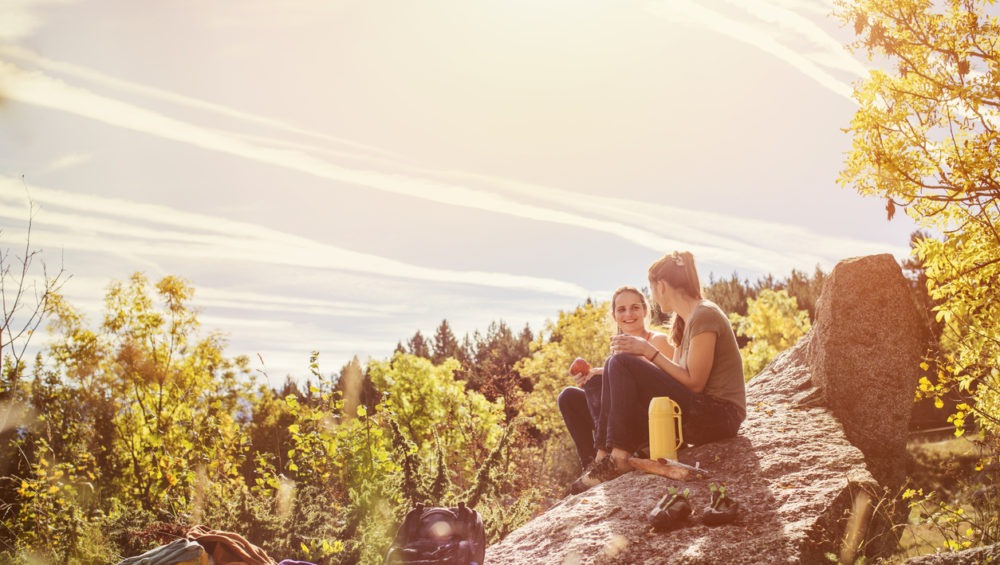The state of Colorado is a western state with a diverse geographic area. From mountains, plains, ranges, peaks, and western shores, one can find a place to hike in Colorado.
These regions of Colorado also come with some dangers, therefore these six things to remember when hiking will help you potentially avoid them.
1. Fill up the Water Jug. Whether you are hiking a rugged mountain top in the Rocky Mountains or along the Arkansas River’s shores, drinking water is a must. If you do not hydrate well, then altitude sickness could set in. Dehydration is also a concern, especially during those hot, dry summer days. A good rule of thumb is to carry more than you think you will need.
2. Pack the Navigational Tools. Even the best hikers can get lost during an adventure. A compass and a map are great to help you find your way. Should you bring a map, make sure you can read it. To aid in not getting lost, always stay on the marked trails. Marked trails are there for your protection and the environment. Another resource to use is a trail map. This map can be at a district office of the forest ranger or in a state park, at the entrance or visitor center.
3. A Fire Source. Should you, unfortunately, encounter an emergency, you will need to start a fire. In keeping your pack light, throw in a pack of matches or a lighter. Do not forget to keep them in a waterproof container.
4. First Aid Kit. No matter if you are on a day hike or a three-day excursion, you will more than likely need a first aid kit. Hazards such as roots of trees, branches, and rocks will ruin your day when they give you a sprained ankle or cut. Colorado is full of dangers and cannot be avoided.
Some items to keep in your first aid kit are bandages, gauze, pen and paper, blister treatment, and disinfecting ointment. Should you be in a group, everyone needs their own if they get lost from the group.
5. Food. Hiking just an hour with a lightweight bag can burn more calories than you could imagine. One can quickly burn 500 without blinking an eye. Hiking can lower your sodium level quickly. After all, when hiking, you will sweat! Salty foods are great to help curb this when that sick or tired feeling comes on.
High energy bars, candy, and fruit are other sources to help with hunger. Fruit does get heavy, so consider some fruit trail mix or dried fruit.
6. Rain Protection, Sun Protection, and Shelter. Colorado gets afternoon thunderstorms that pop up rather frequently. Having a waterproof raincoat or tent is a great way to help battle the potential hypothermia that may occur should you get wet.
While in the Rockies, the summer thunderstorms are more prevalent, they do occur elsewhere. Being prepared for anything will make your return to the trailhead a pleasant adventure.
Do not forget a hat, sunglasses, and sunscreen. You can get a sunburn from cooler temperatures in high elevations. If there is snow on the ground, your sunglasses will help you. The sun does reflect off of the snow.
Do not forget to factor in frequent breaks and pace yourself during your amazing Colorado hiking adventure. Remember also to respect the environment, wildlife, and beauty surrounding you.

